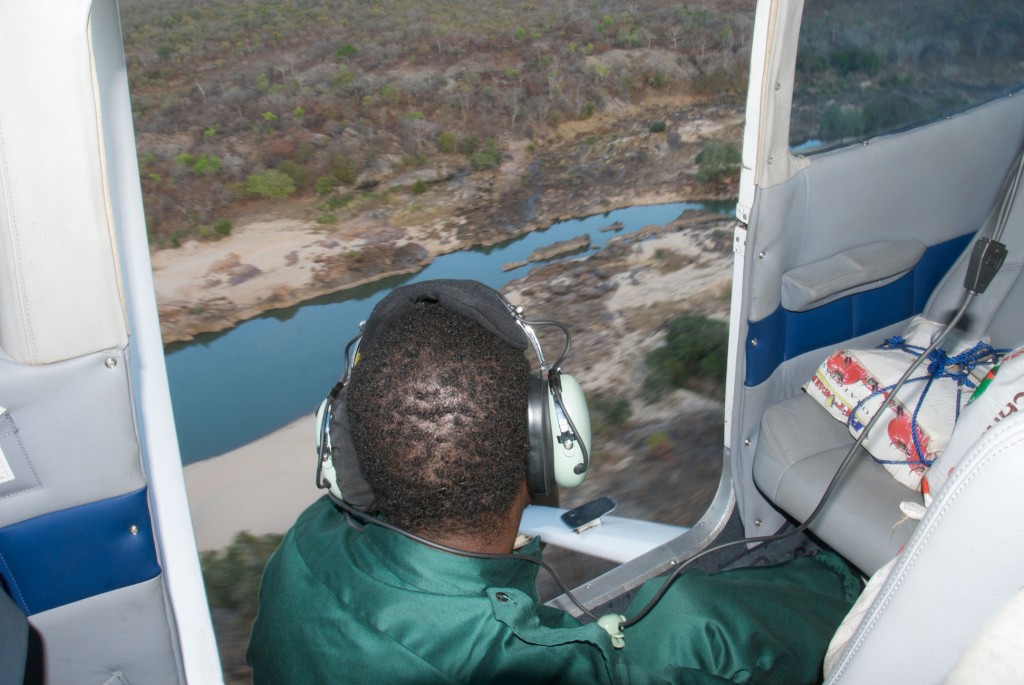Niassa National Reserve in Northern Mozambique is a vast area of wilderness that holds one of the five most important elephant populations in Africa, but is under grave threat from elephant poaching, logging and unmanaged human use.
Managing 48,000 square kilometres of territory is a tough job but the Wildlife Conservation Society (WCS) has taken it on and now manages the reserve. To help catalyse effective action on the ground, the Elephant Crisis Fund supported a collaboration between WCS and a small, highly effective group that has been working in the Reserve since 2003, the Niassa Carnivore Project.
Smarter Patrolling
The Niassa Carnivore Project took on the job of trialling a new form of ranger management known as SMART monitoring. Through a fusion of old-fashioned patrolling and high technology, critical information is now being collected on all threats in Niassa. Alongside the elephant poaching, bushmeat snaring and mining are major threats that have not been well monitored to date.
With use of the digital devices, SMART scouts no longer need to carry cameras, GPS and papers to record their observation during the patrols. Back at base, management no longer need to use three or four different software programs to produce reports.
The team’s staff used to have to spend more than three months entering patrol and gate control data over the year to produce anti-poaching reports. SMART now allows them to generate reports instantaneously, allowing much more effective debriefing of scouts and better planning for their redeployment. Over longer periods, the team can easily monitor changing threats over time and assess the most effective interventions.
Aerial Cover
Light aircraft are an essential part of bush operations in a landscape of this scale, and the ECF funded the Wildlife Conservation Society to get patrols up in the sky, and to deploy and re-supply patrol teams (sometimes with aerial drops), and to provide rapid follow-up on reports of shots or poaching.


